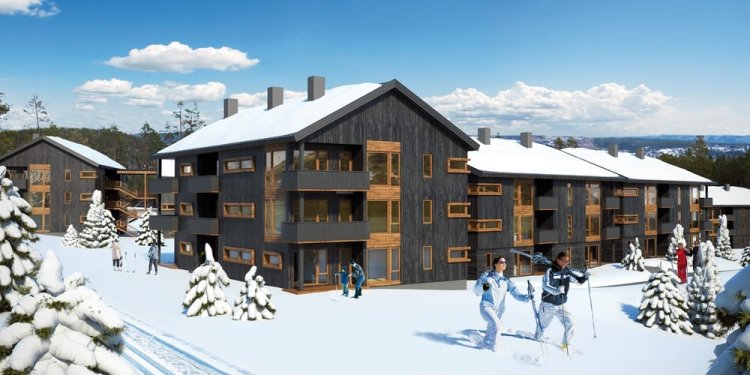
Subsea control Systems Wiki
Design and installation considerations
Subsea wells may be installed individually, in clusters, or on a template where the reservoir fluids from all the wells are channeled to a manifold that is tied back to a host platform. A simple template arrangement is shown in Fig. 2.
- Fig. 2—Subsea template.
Often wellheads and wet trees are designed as “diverless” and more recently “guidelineless” because they can be installed, maintained, and repaired either by remote control using equipment that does not need guidelines or tools that are wire guided from a vessel. Fig. 3 shows a single-well diverless subsea production system.
- Fig. 3—Diverless subsea production system.
The wellhead sits on a guide base on the seabed and acts as a location device for the Christmas tree. Attachment of the tree to the wellhead and flowline is by remote control. While referred to as new technology, the diverless wellhead has proven to be reliable. It has permitted the development of fields in water depths beyond the saturation diving limits and competes with diver-assist subsea wells in moderate water depths because of potential cost savings.
Multiwell templates
For multiwell templates, some cost savings can be realized during drilling because the vessel does not have to be relocated for each well. Further, major savings may be possible by transferring the reservoir fluids through one large flowline rather than individual flowlines. Well testing is accomplished by installing a separate flowline with a valve manifold for switching wells. Potential further cost savings may be possible for the control systems and piping for gas lift and water injection. However, one of the major hazards that must be considered at the design stage is dropped objects during drilling and the risks associated with producing from completed wells while the other wells in the template are drilled. If production from completed wells is not possible until all wells have been drilled, the potential cost savings may be negated through cash-flow considerations. One technique that has been adopted for combining some of the advantages of single and multiwell subsea systems is to produce moderately spaced satellite wells to a central manifold unit on the seabed. The manifold permits the reservoir fluids from the wells to be mixed and wells to be tested, and cost savings may be significant if the host facility is located miles away. Conventional welded steel pipe is used for most flowlines. The steel is protected against external corrosion by coatings, anodes, or both. An alternative for steel flowlines is the use of flexible piping that comprises laminations of steel wires and other materials. Although expensive in comparison with steel pipe, the costs may be offset by savings in installation cost. Flexible pipe, through use of large-diameter reels, can be installed relatively quickly and does not need a separate external coating. For further discussion, see the Piping and pipeline systems page.
References
Use this section for citation of items referenced in the text to show your sources.
Noteworthy papers in OnePetro
Use this section to list papers in OnePetro that a reader who wants to learn more should definitely read
External links
Use this section to provide links to relevant material on websites other than PetroWiki and OnePetro

















